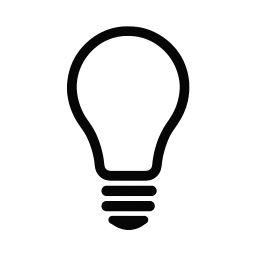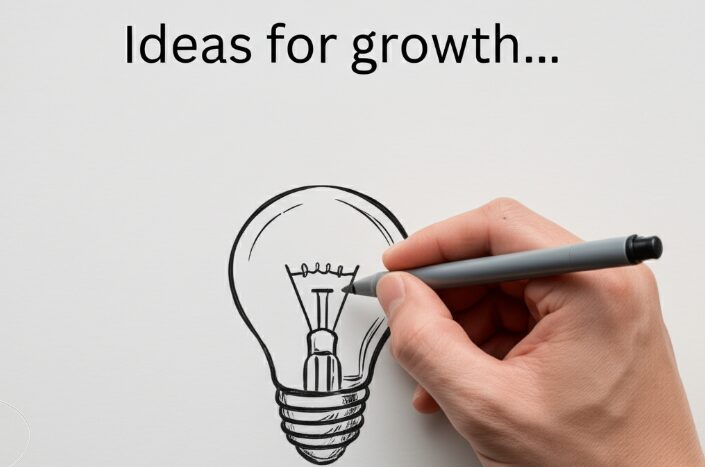In America, where we navigate a culture that expects 20% tips at restaurants, the pressure to tip generously adds a unique layer to our financial lives. Recently, I stumbled across a video from Prague, Czech Republic, where tourists from around the world shared their tipping habits, revealing a stark contrast to our norms. From no tipping in China to rounding up in the Netherlands, the global diversity in tipping practices got me thinking about how these customs intersect with financial burdens like student loan debt, especially when compared to the debt-to-income struggles of American doctors and average graduates. Using data from the Bureau of Labor Statistics (BLS, May 2024), Education Data Initiative (2023), and insights from the Honest Guide YouTube video, this article explores how tipping culture reflects broader economic pressures in America and beyond.
America’s Tipping Culture: A Financial Expectation
Here in America, tipping 15–20% is standard, whether you’re dining in California ($423,250 for cardiologists, but $60,112 median for graduates) or Wisconsin, where service workers often earn as little as $2.13/hour before tips (BLS, 2024). The Honest Guide video captured this vividly: tourists from Virginia, New Mexico, California, and Wisconsin all reported tipping 20% at home and often in Prague, too. One Wisconsinite, a former food service worker, emphasized empathy for servers’ low wages, noting, “They get very, very little wage… I think routinely 15 to 20%.” This reliance on tips to supplement low wages places a burden on consumers, who feel obligated to bridge the gap.
This tipping expectation compounds financial strain, especially for young Americans. The average bachelor’s degree holder graduates with $37,574 in student loan debt, while those from private colleges can owe $100,000 (Education Data Initiative, 2023). With a median income of $60,112 for 25–34-year-olds, the debt-to-income ratio is 0.62 for typical debt and 2.0 for high debt ($100,000 at $50,000 income). Tipping 20% on a $50 meal adds $10, a small but recurring cost that strains budgets already stretched by loan repayments, rent, and other debts ($6,501 average credit card debt, Federal Reserve, 2023).
Global Tipping: A Lighter Load?
The Prague video revealed a world where tipping is often optional or minimal:
- No Tipping Cultures: In China, South Korea, and Singapore, tipping is rare or replaced by service charges (7–19% in Singapore). A Chinese tourist noted, “We like no tipping,” highlighting a system where servers earn fixed wages, reducing consumer pressure.
- Minimal Tipping: In France (likely Bordeaux), tips reach 10–15% for exceptional service, but a 15% service charge is standard. The Netherlands (inferred from a “red, white, and blue flag” tourist) rounds up modestly (e.g., 163 CZK to 170 CZK, ~4%). Turkey and Spain reported no tipping norms, with one Spaniard saying, “Nothing, nothing, nothing.”
- Flexible Tipping: A Czech local rounded generously (154 CZK to 200 CZK, ~30%), but 5–10% is typical in Prague, per X posts (August 6, 2025).
These lighter tipping expectations abroad contrast sharply with America’s mandatory 20%. In countries with no tipping, service workers rely on higher base wages, easing the financial burden on consumers. For example, in the Czech Republic, waiters are “paid enough,” as a local noted, so tips are a bonus, not a necessity. This allows graduates in these countries to allocate more income to debt repayment or savings, unlike Americans, where tipping adds to financial strain.
Debt-to-Income: Doctors vs. Average Americans
Tipping culture ties into broader financial challenges, particularly student loan debt. In America, both doctors and average graduates face significant debt-to-income imbalances, but the dynamics differ:
- Doctors: Medical school graduates carry $215,870–$300,000 in debt (Education Data Initiative, 2023). During residency, earning $70,000, their debt-to-income ratio is 3.57 ($300,000 debt). Post-residency, specialists like cardiologists ($423,250) reduce this to 0.71, enabling faster debt repayment (5–10 years). However, tipping 20% on frequent dining or services adds costs during lean residency years.
- Average Americans: Bachelor’s degree holders face $37,574 (typical) to $100,000 (high) debt. With incomes of $50,000–$60,112, their debt-to-income ratios are 0.62–2.0. Unlike doctors, their salaries rarely exceed $80,000, extending repayment to 15–20 years. Tipping 20% further strains budgets, as a $10 tip per meal accumulates over time.
In America, the expectation to tip generously exacerbates these struggles, especially for average graduates who lack doctors’ eventual high earnings. Globally, minimal or no tipping frees up income, potentially easing debt burdens for graduates in countries like China or France.
Who Has It Harder?
In the short term, American doctors face greater pressure. Their residency years, with a 3.57 debt-to-income ratio, make tipping 20% a painful expense alongside accruing loan interest. Average graduates, with a 2.0 ratio at worst, start earning sooner but still struggle with tips eating into limited budgets. Long-term, average Americans have it harder. Doctors’ salaries ($300,000–$450,000) dwarf debt, while graduates’ modest incomes ($80,000 max) prolong financial strain, worsened by tipping obligations.
Globally, the picture is brighter. In no-tipping countries, graduates avoid this extra cost, directing more income to debt or living expenses. Even in tipping cultures like France or the Netherlands, modest tips (5–15%) are less burdensome than America’s 20%. The Prague video’s Czech local summed it up: “I hope waiters are paid enough so I don’t have to pay them that much.” In America, low server wages shift that responsibility to consumers, hitting debt-laden graduates hardest.
READ ABOUT DEBT: DOCTORS VS NORMIES
Tipping Culture: A Call for Balance
In America, where we’re expected to tip 20% while juggling student loans, the financial strain feels uniquely heavy. The Prague video showed how global tipping cultures—often minimal or nonexistent—offer relief to consumers, especially graduates facing debt-to-income challenges. Doctors in America eventually overcome their high debt with massive salaries, but average graduates face a prolonged struggle, compounded by tipping expectations. This contrast highlights a systemic issue: reliance on tips to supplement low wages burdens consumers already stretched by education costs. Perhaps it’s time to rethink tipping, ensuring fair wages for service workers and financial relief for diners, aligning closer to global norms.
Sources
- Bureau of Labor Statistics, Occupational Employment and Wage Statistics, May 2024.
- Education Data Initiative, Student Loan Debt Statistics, 2023.
- Federal Reserve, Consumer Credit Report, 2023.
- Honest Guide YouTube Video, Tipping Culture in Prague, 2023.
- Rick Steves’ Europe, Tipping Customs, 2024.
- X Posts, Tipping in Prague, August 6, 2025.








Leave a Reply